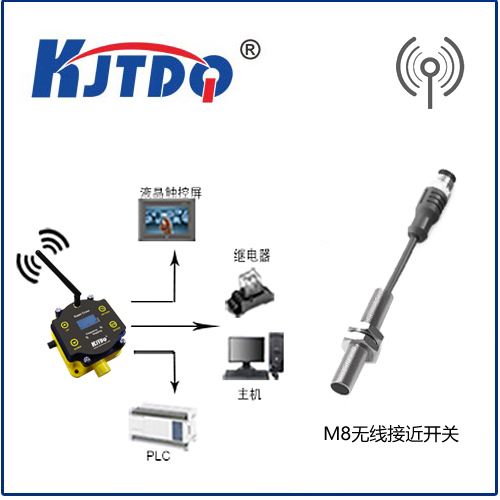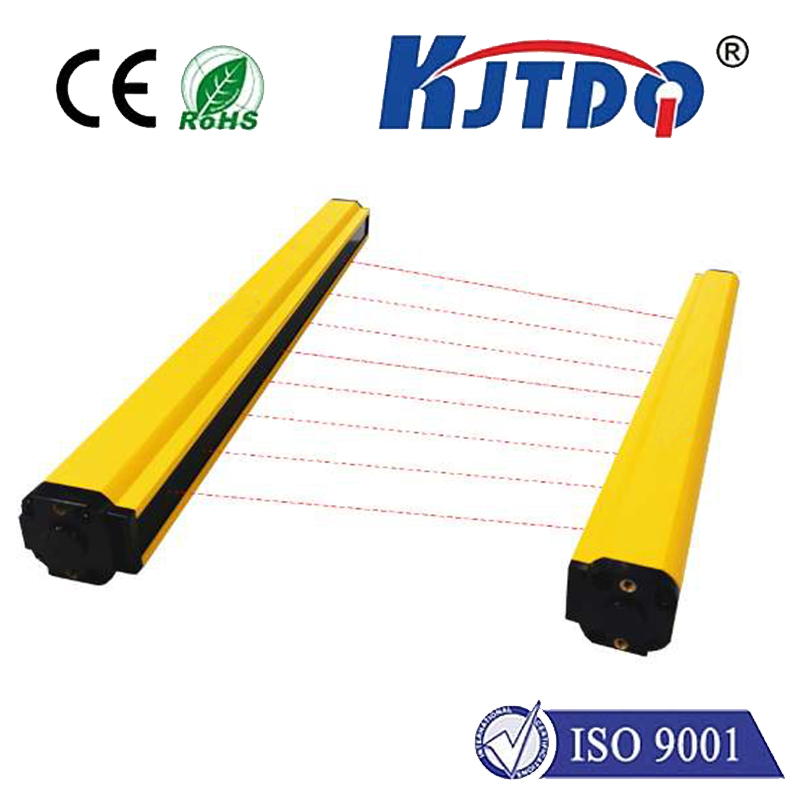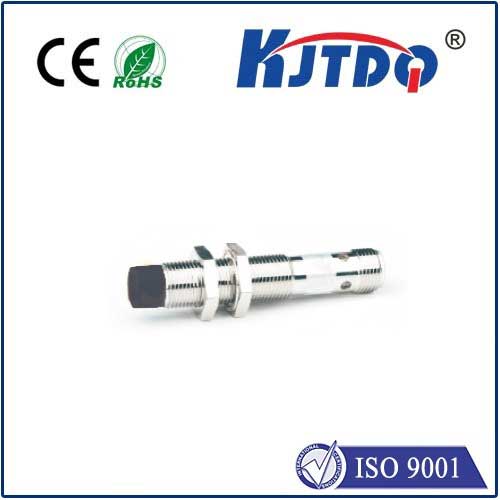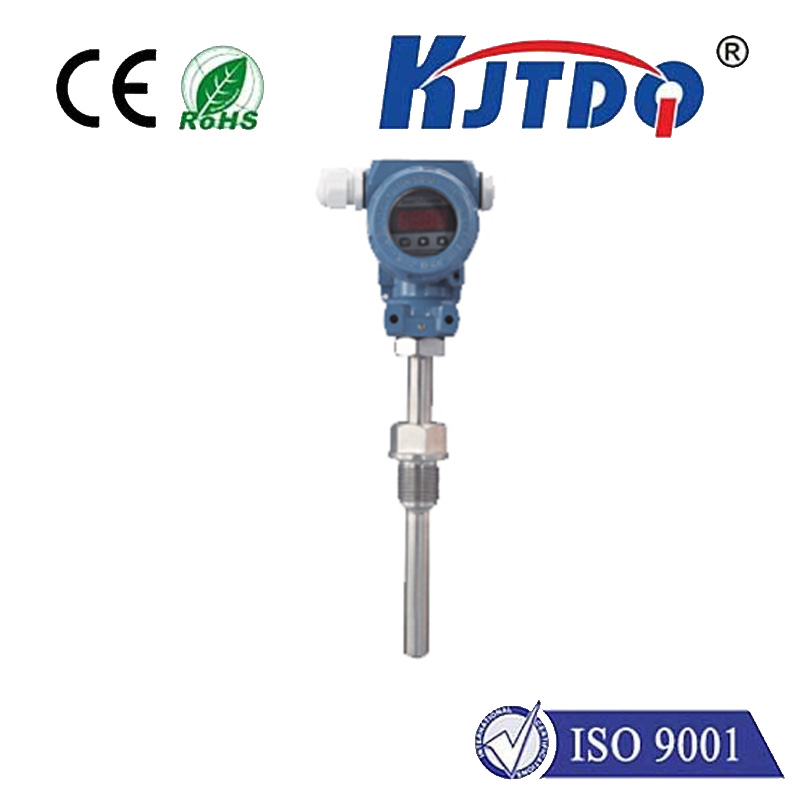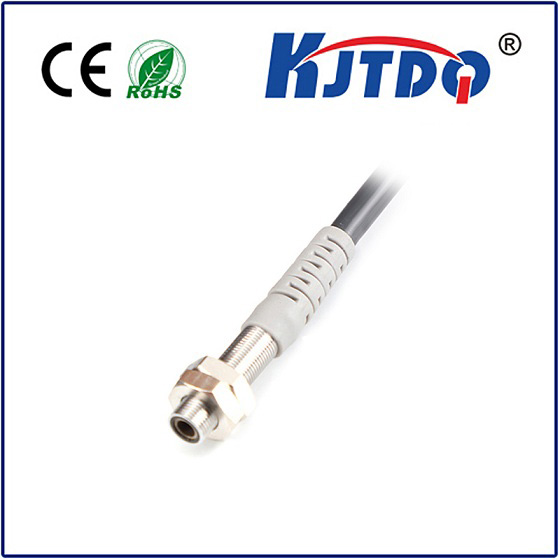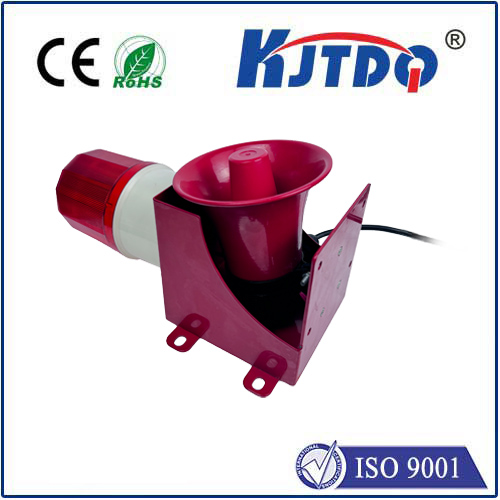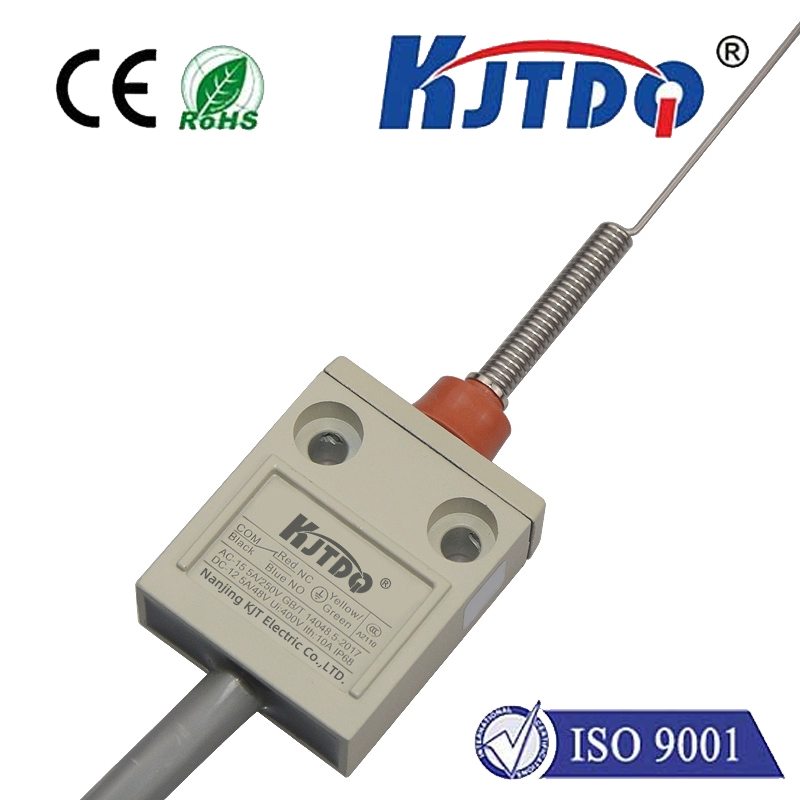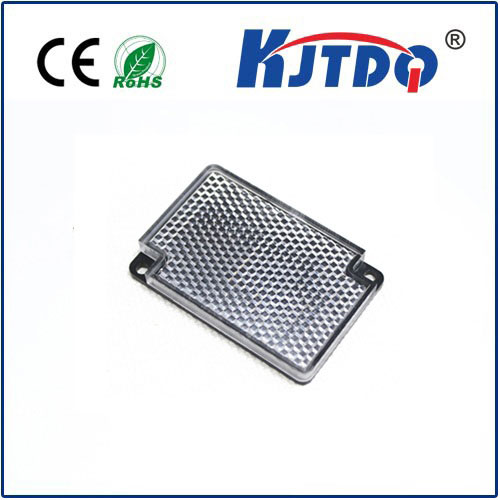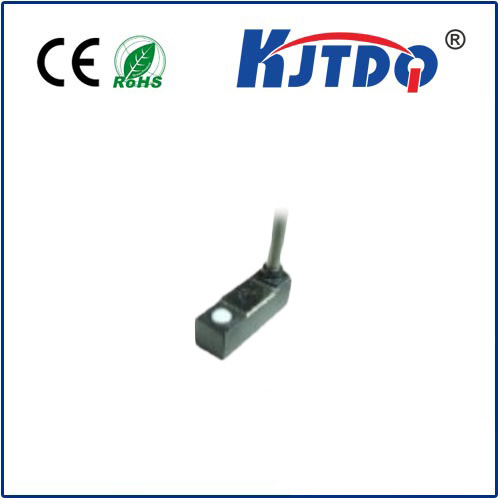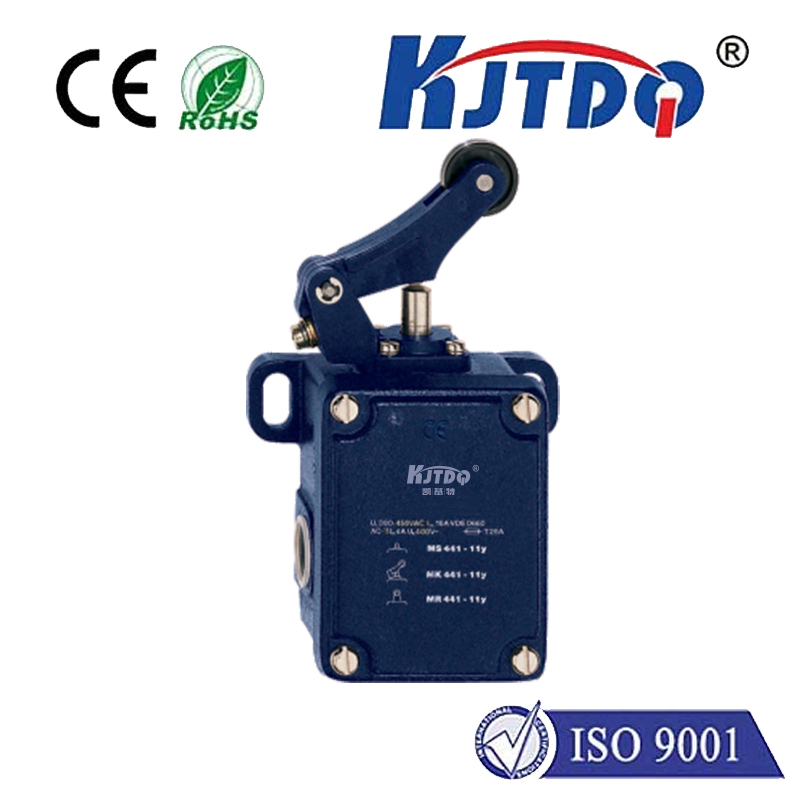
check

check

check

check
The U Type Photo Sensor: Revolutionizing Detection Technology
Introduction
In the rapidly evolving world of technology, advancements in photo sensors have played a crucial role. Among these, the U type photo sensor stands out as a revolutionary innovation, changing the way we detect and measure light. In this article, we will delve into the features and applications of the U type photo sensor, understanding its impact on various industries.
Understanding the U Type Photo Sensor
The U type photo sensor is a specialized device designed to detect light intensity and convert it into an electrical signal. Unlike traditional photo sensors, the U type sensor boasts a unique design that optimizes its sensitivity and accuracy. Its name derives from its shape, which resembles the letter "U," allowing for enhanced detection capabilities.
Key Features of the U Type Photo Sensor

High Sensitivity: The U type photo sensor is engineered to capture even the subtlest changes in light intensity, making it ideal for precise measurement applications.
Wide Spectral Range: These sensors are capable of detecting light across a broad spectrum, from ultraviolet to infrared, catering to diverse detection needs.
Fast Response Time: With quick reaction speeds, the U type photo sensor can provide real-time data on light variations, essential for dynamic environments.
Enhanced Durability: Designed with robust materials, these sensors can withstand harsh conditions and maintain longevity, reducing maintenance costs.
Applications of the U Type Photo Sensor
Automotive Industry: In vehicles, U type photo sensors are used for automatic headlight controls and ambient light sensing, enhancing safety and comfort for drivers.
Manufacturing: Precision manufacturing processes rely on these sensors for quality control checks, where exact light measurements ensure product consistency.
Healthcare: Medical devices utilize U type photo sensors for blood analysis and other diagnostic tools, where accurate light detection is critical.
Environmental Monitoring: For tracking environmental changes, such as atmospheric brightness or pollution levels, U type sensors offer reliable data collection points.
Smart Homes: In the realm of smart homes, these sensors enable automatic adjustments to lighting based on natural light fluctuations, improving energy efficiency.
Conclusion
The U type photo sensor represents a leap forward in detection technology due to its exceptional performance and versatile applications. As demand grows for sophisticated sensing solutions across industries, the U type photo sensor is poised to play an integral role in future technological landscapes. By harnessing the power of precise light detection, it continues to pave the way for advancements in automation, environmental monitoring, and more.
